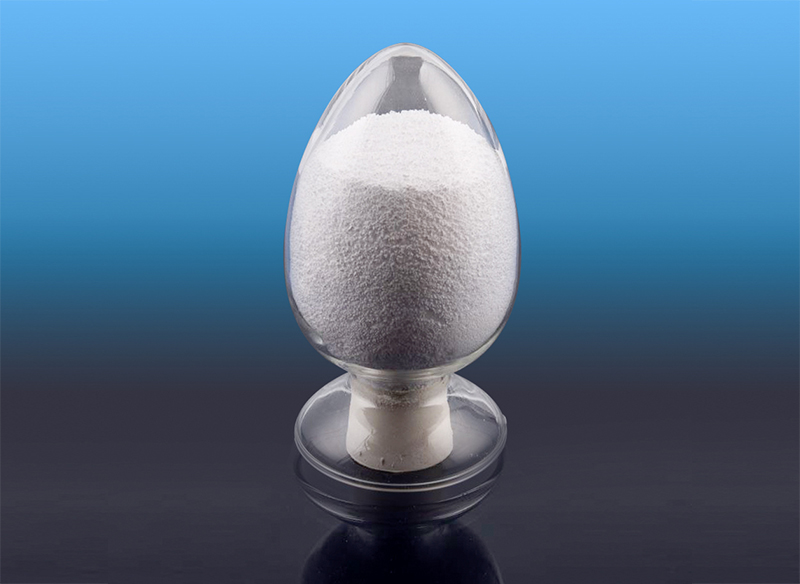What are the potential innovations in the use of hydrogenated isoprene polymer for sustainable or eco-friendly products?
The potential innovations in the use of hydrogenated isoprene polymer (EP) for sustainable or eco-friendly products are numerous, as this material offers several unique properties that can contribute to reducing environmental impact and improving the sustainability of various applications. Here are some potential areas of innovation:
1. Bio-Based Alternatives and Renewable Sourcing
Innovation: Developing bio-based versions of hydrogenated isoprene polymer, using renewable sources like bio-isoprene derived from plant-based feedstocks instead of petroleum-based isoprene.
Potential Impact: This would reduce the carbon footprint of the polymer and make its production more sustainable, aligning with the global push for bio-based materials in industries like automotive, footwear, and medical devices.
2. Recyclability and Circular Economy
Innovation: Creating hydrogenated isoprene polymers that are easier to recycle or reuse, either by improving chemical recycling methods or enhancing the material’s end-of-life properties.
Potential Impact: With improved recycling techniques, EP could contribute to a circular economy, where the material is reused in new products, thus reducing waste and the need for virgin materials.
3. Biodegradable EP Compounds
Innovation: Formulating EP-based materials that are biodegradable under certain environmental conditions, especially in marine or landfill environments, would address issues associated with the long-term environmental impact of synthetic polymers.
Potential Impact: This would make products such as tires, footwear, and medical devices less harmful to the environment when they reach the end of their life cycle.
4. Energy-Efficient Production
Innovation: Developing more energy-efficient methods for synthesizing hydrogenated isoprene polymer, such as by improving the hydrogenation process or finding alternative, less energy-intensive catalysts.
Potential Impact: Reducing energy consumption during production would decrease the overall carbon footprint of EP, making it a more environmentally friendly material overall.
5. Improved Durability with Reduced Resource Use
Innovation: Enhancing the durability and longevity of EP products, such as tires or rubber seals, so that they require less frequent replacement. This could involve innovations in the polymer's resistance to wear, aging, and environmental degradation.
Potential Impact: Longer-lasting products would reduce the overall consumption of resources and reduce the frequency of product disposal, lowering the material’s overall environmental impact.
6. Low-Emission Materials for Tires and Automotive Products
Innovation: Developing low-emission hydrogenated isoprene polymer compounds, especially for tire production, where the goal would be to reduce the release of harmful chemicals during manufacturing and use (e.g., volatile organic compounds or VOCs).
Potential Impact: This could help lower the environmental impact of tires, which are a major source of microplastics and airborne pollutants.

7. Green Coatings and Adhesives
Innovation: Creating eco-friendly adhesives or coatings from hydrogenated isoprene polymer, which could be used in packaging, electronics, or construction. These formulations would be free from toxic solvents and potentially harmful additives.
Potential Impact: This would make the manufacturing process cleaner and reduce the amount of toxic waste or pollution associated with the use of adhesives and coatings.
8. EP for Lightweight, Sustainable Automotive Parts
Innovation: Using hydrogenated isoprene polymer in lightweight automotive parts could reduce vehicle weight and improve fuel efficiency. EP’s combination of strength and flexibility makes it an ideal candidate for creating eco-friendly vehicle components, such as seals, gaskets, or interior parts.
Potential Impact: Lightweight materials help reduce fuel consumption and CO2 emissions in the automotive industry, aligning with environmental sustainability goals.
9. Sustainable Footwear Solutions
Innovation: Developing EP-based materials for sustainable footwear that combines comfort, flexibility, and durability without relying on traditional, resource-intensive synthetic rubbers.
Potential Impact: EP-based soles and uppers could reduce the environmental footprint of the footwear industry by providing a more sustainable alternative to conventional materials like EVA, PVC, or polyurethane.
10. Hydrogenated Isoprene Polymer in Green Electronics
Innovation: Using hydrogenated isoprene polymer as a biocompatible or non-toxic material in electronics for parts like connectors, coatings, or insulating materials.
Potential Impact: EP could replace more harmful substances traditionally used in electronics, contributing to the development of green electronics that are easier to recycle and have less environmental impact.
11. Water-Based Formulations for Rubber Products
Innovation: Developing water-based formulations for hydrogenated isoprene polymer, which could reduce the use of toxic solvents in the manufacturing of rubber products like seals, gaskets, and industrial components.
Potential Impact: Using water-based processes would eliminate or minimize the need for harmful chemicals, making the production process cleaner and safer for both workers and the environment.
12. Sustainable Rubber for Medical Applications
Innovation: Formulating hydrogenated isoprene polymer for medical devices and biomedical applications that are more sustainable, such as in the creation of medical gloves, implants, or catheters. These polymers could be biocompatible, biodegradable, or recyclable.
Potential Impact: The medical field would benefit from sustainable alternatives to traditional plastics, helping to reduce waste in a sector that produces significant amounts of disposable single-use products.
13. Enhanced Natural Rubber Substitution
Innovation: Hydrogenated isoprene polymer could be used as a sustainable alternative to natural rubber, particularly in regions where natural rubber production leads to deforestation or unethical labor practices.
Potential Impact: EP could reduce dependency on natural rubber, offering a more environmentally sustainable and ethical option for industries like automotive, footwear, and consumer goods.





